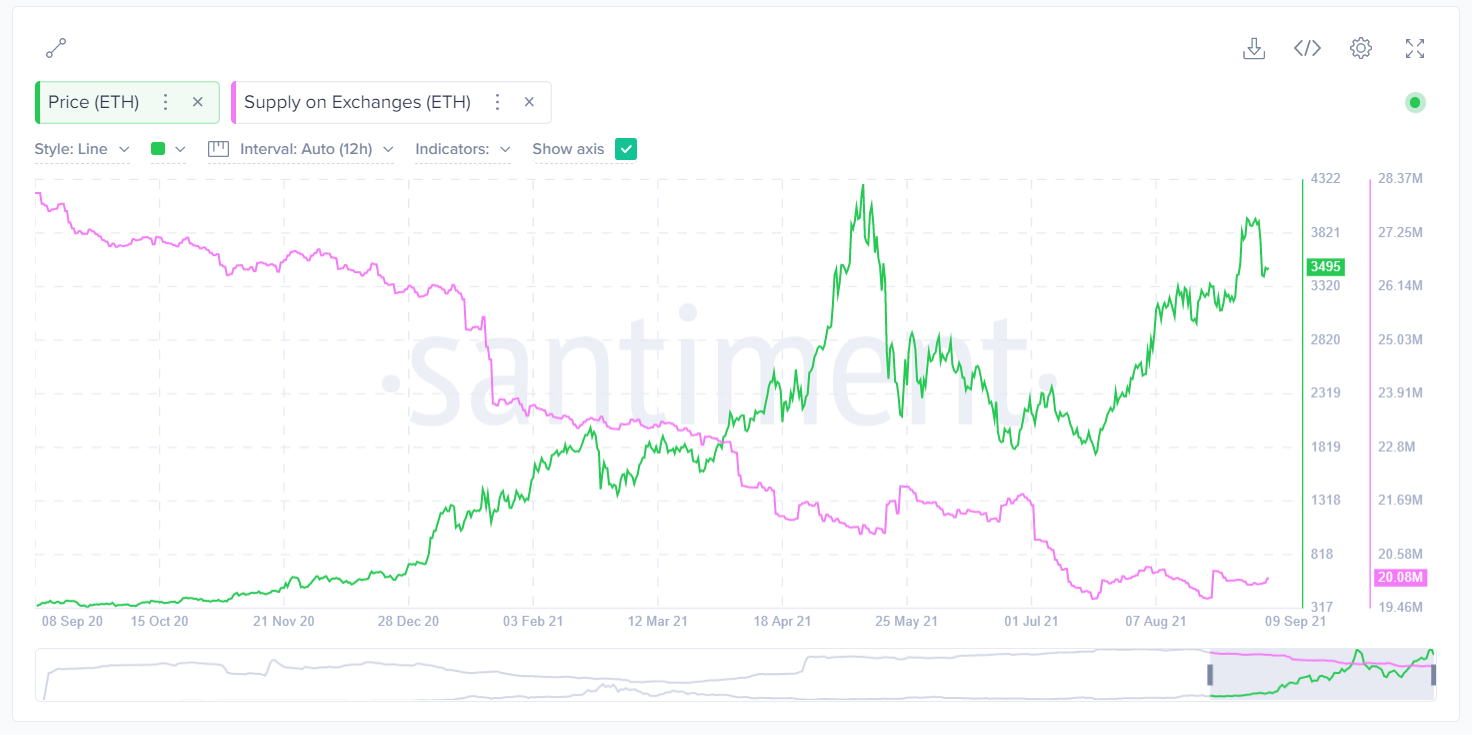Crypto On-chain Analysis

If you are into the Blockchain space, you’ve probably heard something about blockchain analysis. It is an emerging field that involves examining the transaction activity of a cryptocurrency and its blockchain data.
It illuminates investor behavior and can help you make better investment decisions. So, if you are trading crypto and still not using all the benefits of on-chain, I strongly encourage you to dive deeper into the data.
In this email, I am going to cover one on-chain indicator that I check daily, to understand the overall market sentiment. I will also suggest a few Twitter on-chain experts that you should follow, to get updated information about the significant on-chain movements, and their effect on the market.
What tools to use?
There are two major blockchain analytics platforms: Glassnode and Santiment. They are not only providing a variety of on-chain indicators but also educate their users on how they can utilize them. So, if you join, don’t be afraid that you will be left alone, not knowing what to do with all the data that they provide.
Moreover, both of these platforms have an insights section, where their teams and community publishes interesting on-chain findings on a daily basis.
I personally, don’t want to prioritize one platform over another, but just to let you know I use Santiment since we have long-term relationships with the team behind this project.
Analyzing supply on Exchanges
There are many on-chain indicators that you can potentially track. However, the Supply on Exchanges is one of the particularly useful ones for me.
By looking at how many coins enter or exit exchanges, you can easily see the market sentiment, for literally any asset.
If coins are moving to exchanges, it is likely that market participants are preparing to sell. If coins are moving out of exchanges, it is likely that people are storing them in their cold wallets, and likely switching into a HODL mode.
Looking at the Bitcoin supply on exchanges, for the last 12 months, we can clearly see that since September it dropped significantly while the BTC price was going up.
During December-March, the supply was going up along with the price of BTC. After supply on exchanges picked up, BTC started having problems reaching new all-time highs.

Bitcoin Supply on Exchanges.
Source: santiment.net
Since May of this year, the supply of Bitcoins on exchange is trending down. In fact, it is currently near its lowest point for the past year.
What does this mean? Most likely people are not ready to sell their BTC, and the price will continue going up.
When it comes to Ethereum, the situation looks even more interesting. For the last 12 months, the supply simply keeps going down.
This could be the result of two things. First, people really believe in Ethereum and its overall role in the crypto ecosystem, so they are trying to accumulate more ETH on their cold wallets. Second is the growing role of DeFi in Ethereum. Many DeFi users find centralized exchanges unappealing so they don’t store coins on them.
In any case, the fact that supply on exchanges for Etheruem is going down, is a positive factor. It could potentially result in significant price growth in the future.
I personally think that one day, Ethereum will become larger than Bitcoin by market cap.

Ethereum Supply on Exchanges.
Source: santiment.net
Where else to find information?
There are several popular on-chain analysts that publish their observations on Twitter regularly. I suggest following Willy Woo, Ki Young Ju, and Lex Moskovski. I find some of their recommendations very useful.
I also recommend watching the Santiment YouTube channel. Once a week, they do a weekly overview of the market and give out their opinion on the market from the on-chain perspective. These videos are quite informative, they help guide my investment decisions.
Did you like the content of this Email? Follow us on Twitter.
Our research team at SIMETRI is also constantly sharing useful information. So feel free to follow me: Alexander Mardar, and my colleagues: Anton Tarasov, Sergey Yakovenko, and Nivesh Rustgi.
